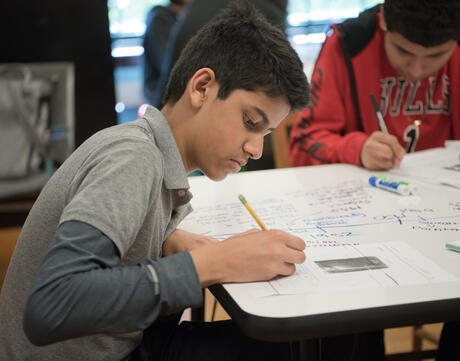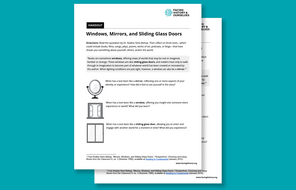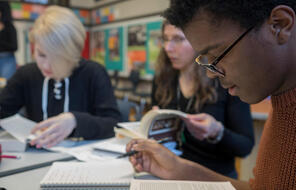
Read the Word, Read the World
Subject
- English & Language Arts
Grade
6–12Language
English — USPublished
Overview
About This Learning Experience
Literary analysis provides exciting opportunities to engage students in learning experiences that can shape their sense of who they are in the world. Through their close reading and conversations about the books they read, students can deepen their understanding of character, conflict, and theme and consider the ways in which the ideas explored in the text apply to their own lives. When teachers model their own meaning-making processes using strategies like Think Aloud and share the invisible moves they are making to deepen their understanding of a text, students can develop the skills and agency for literary analysis.
The following learning experiences provide a framework for close reading and analysis of key literary elements with the goal of helping students explore the text’s central message and consider the ways in which it may or may not be of use in making sense of their own experiences and happenings in the world today.
Preparing to Teach
A Note to Teachers
Before using this learning experience, please review the following information to help guide your preparation process.
Procedure
Activities
Materials and Downloads
Quick Downloads
Get Files Via Google
Unlimited Access to Learning. More Added Every Month.
Facing History & Ourselves is designed for educators who want to help students explore identity, think critically, grow emotionally, act ethically, and participate in civic life. It’s hard work, so we’ve developed some go-to professional learning opportunities to help you along the way.
Exploring ELA Text Selection with Julia Torres
On-Demand

Working for Justice, Equity and Civic Agency in Our Schools: A Conversation with Clint Smith
On-Demand

Centering Student Voices to Build Community and Agency
On-Demand













